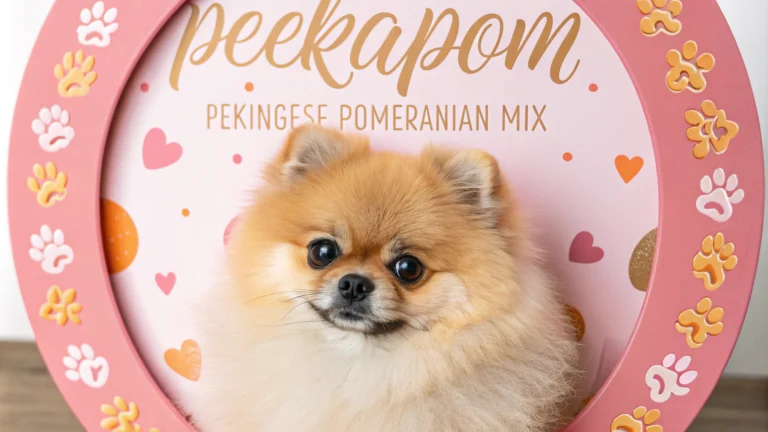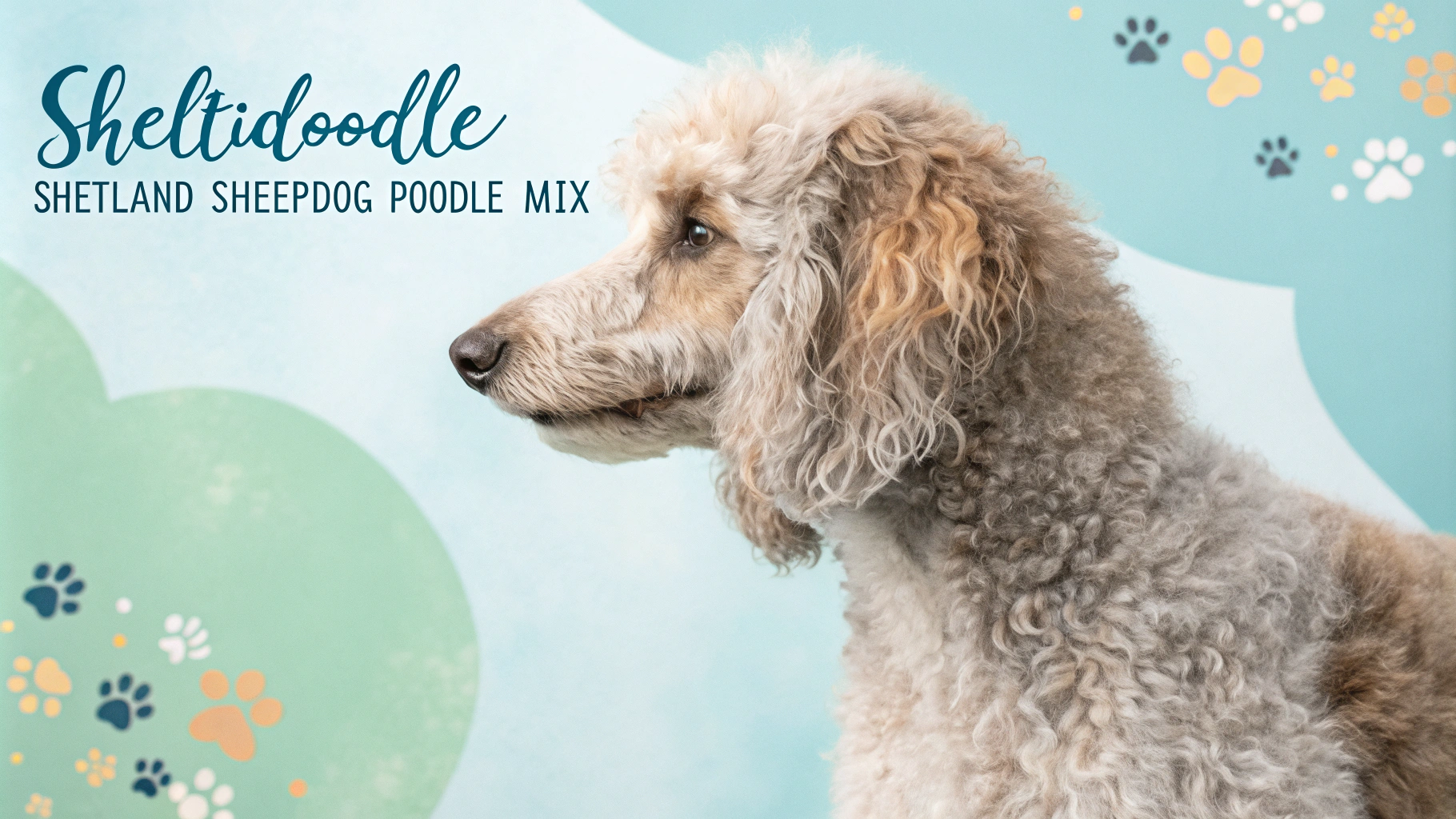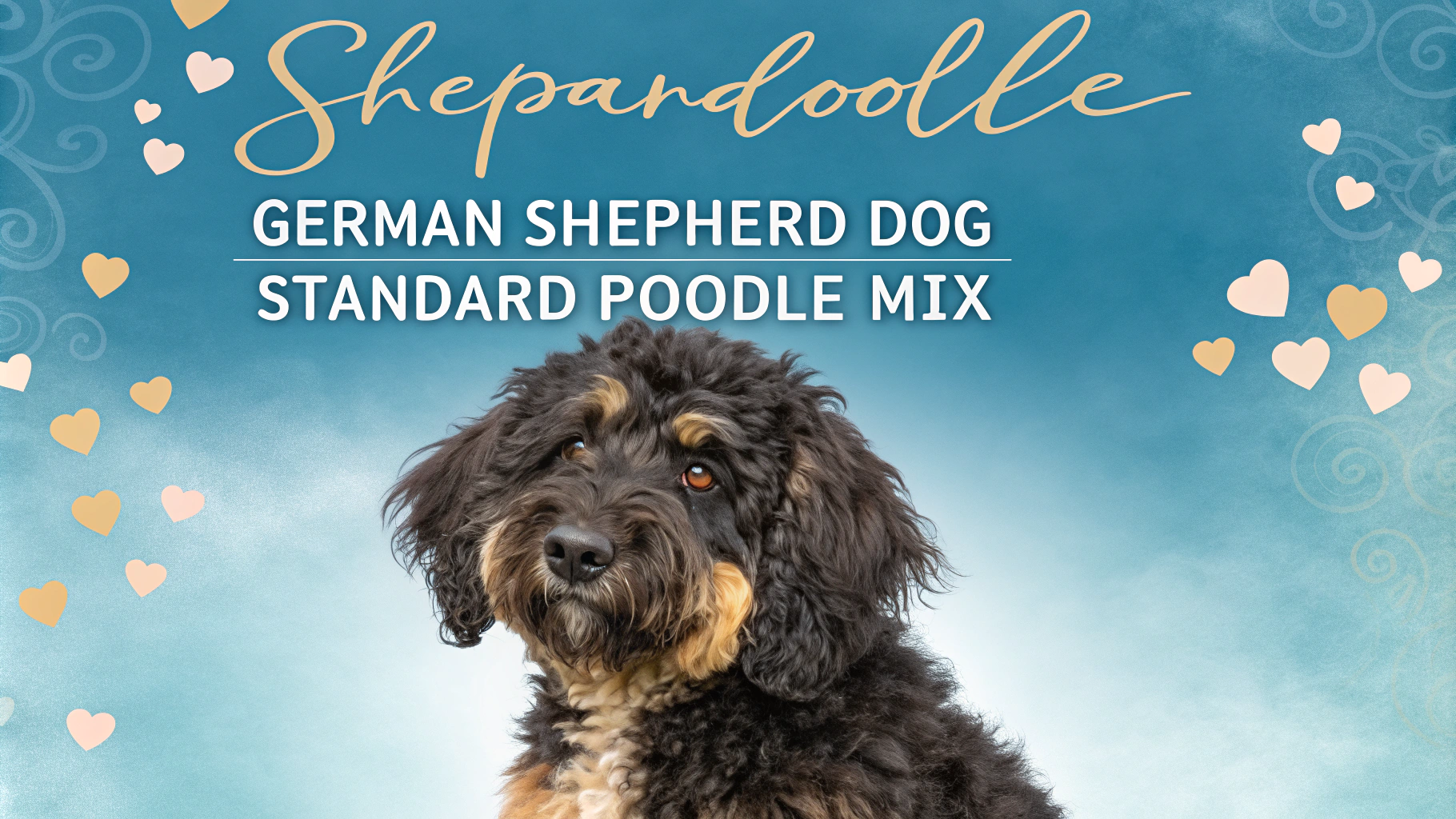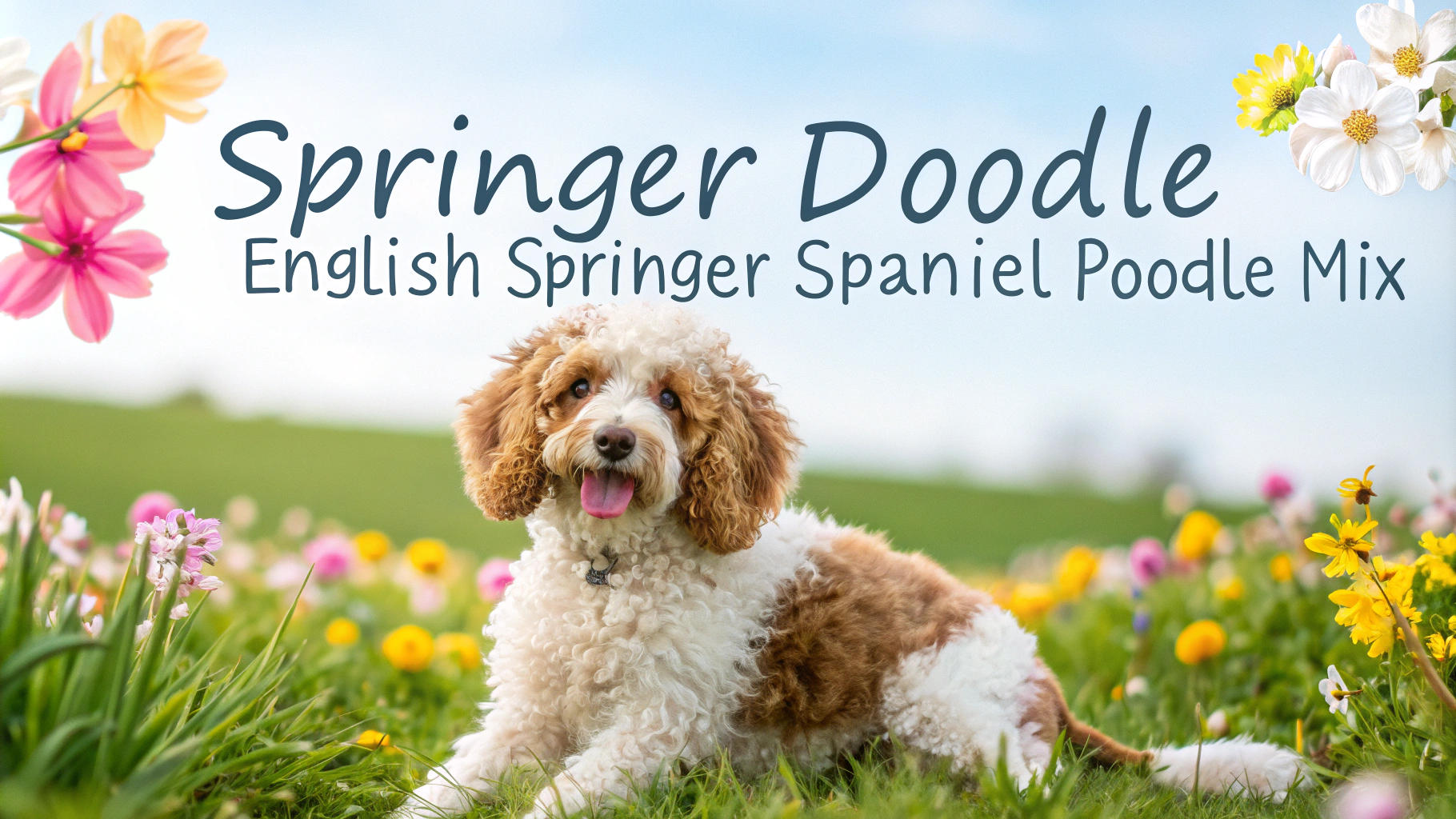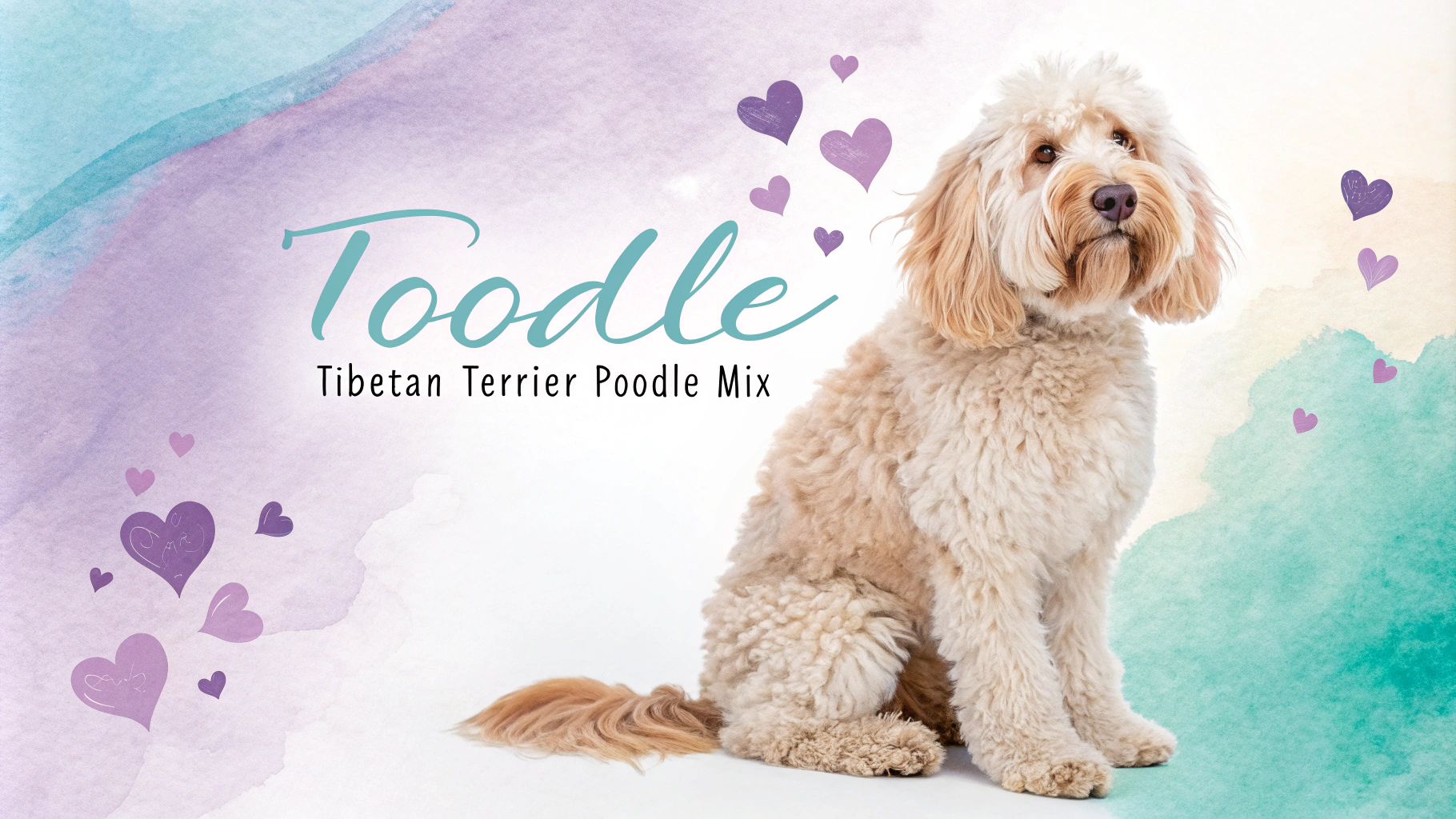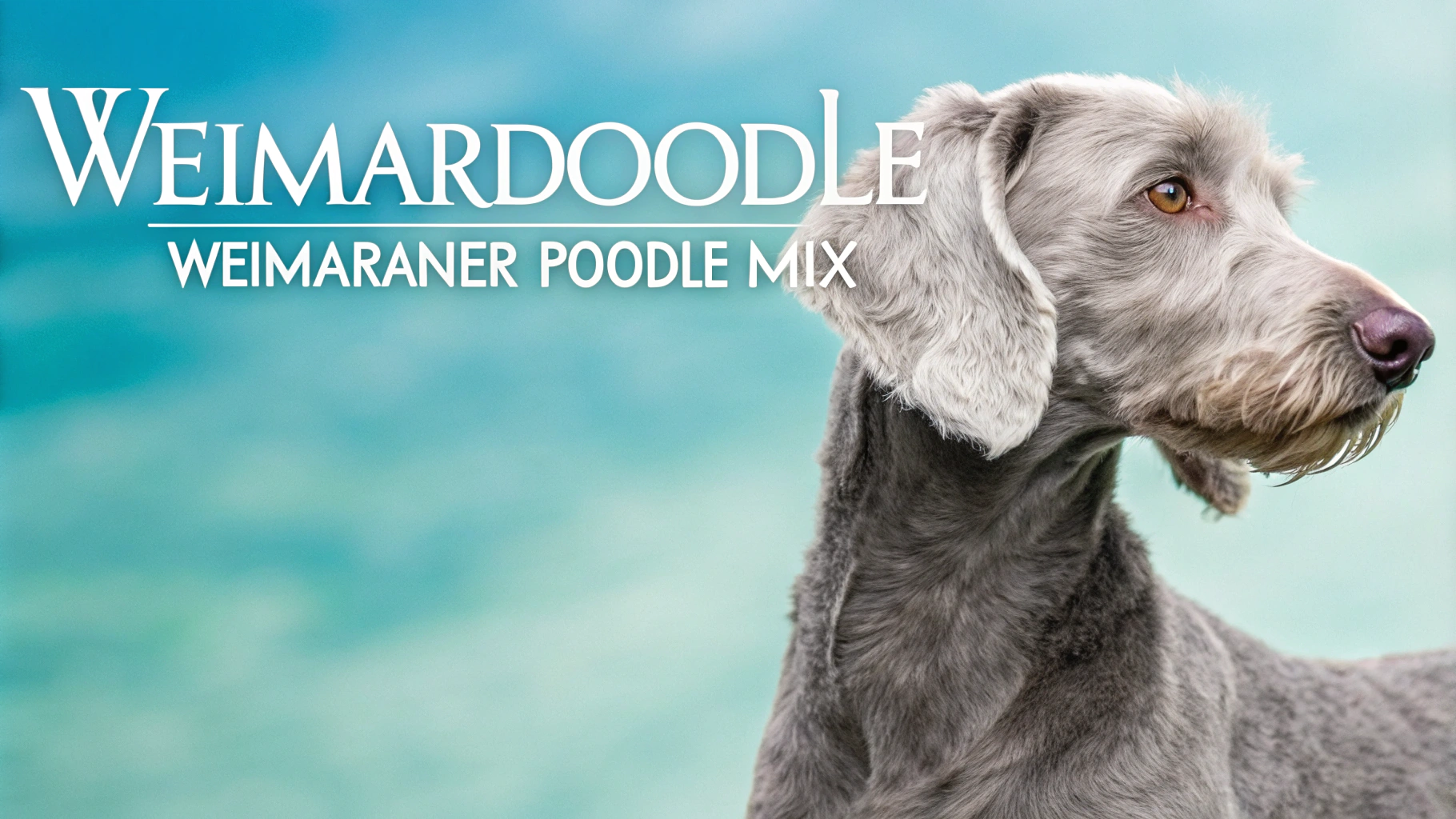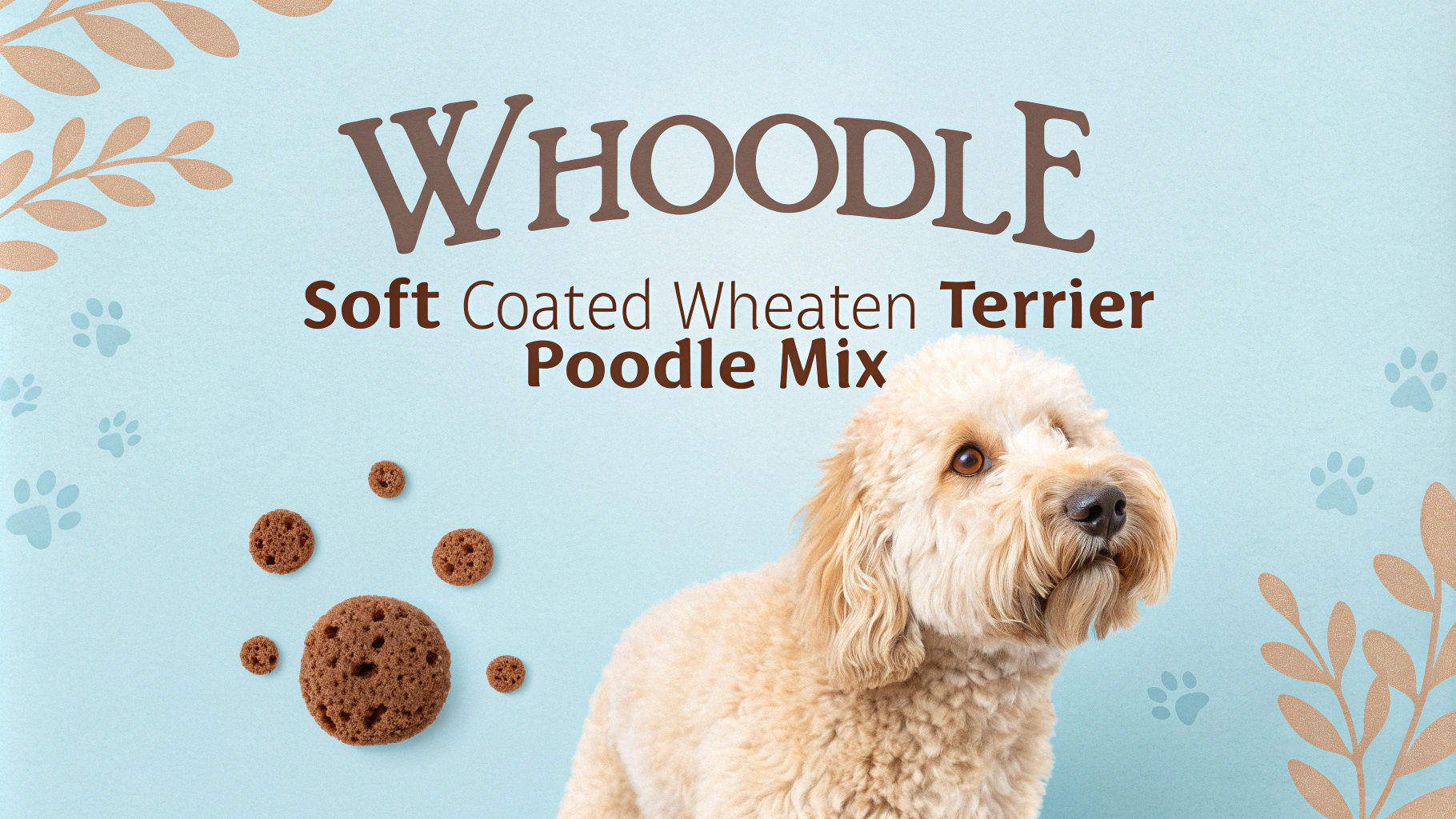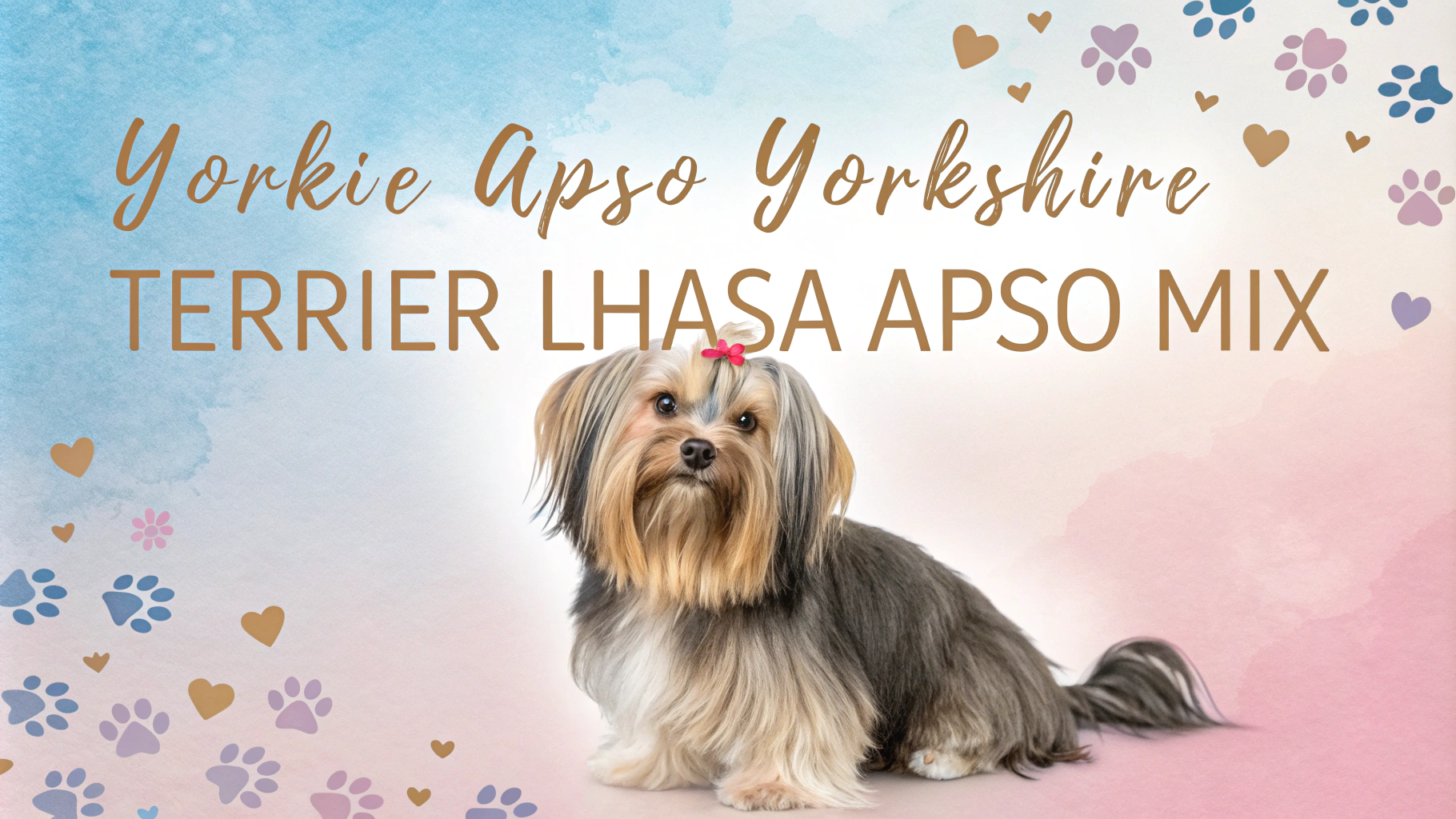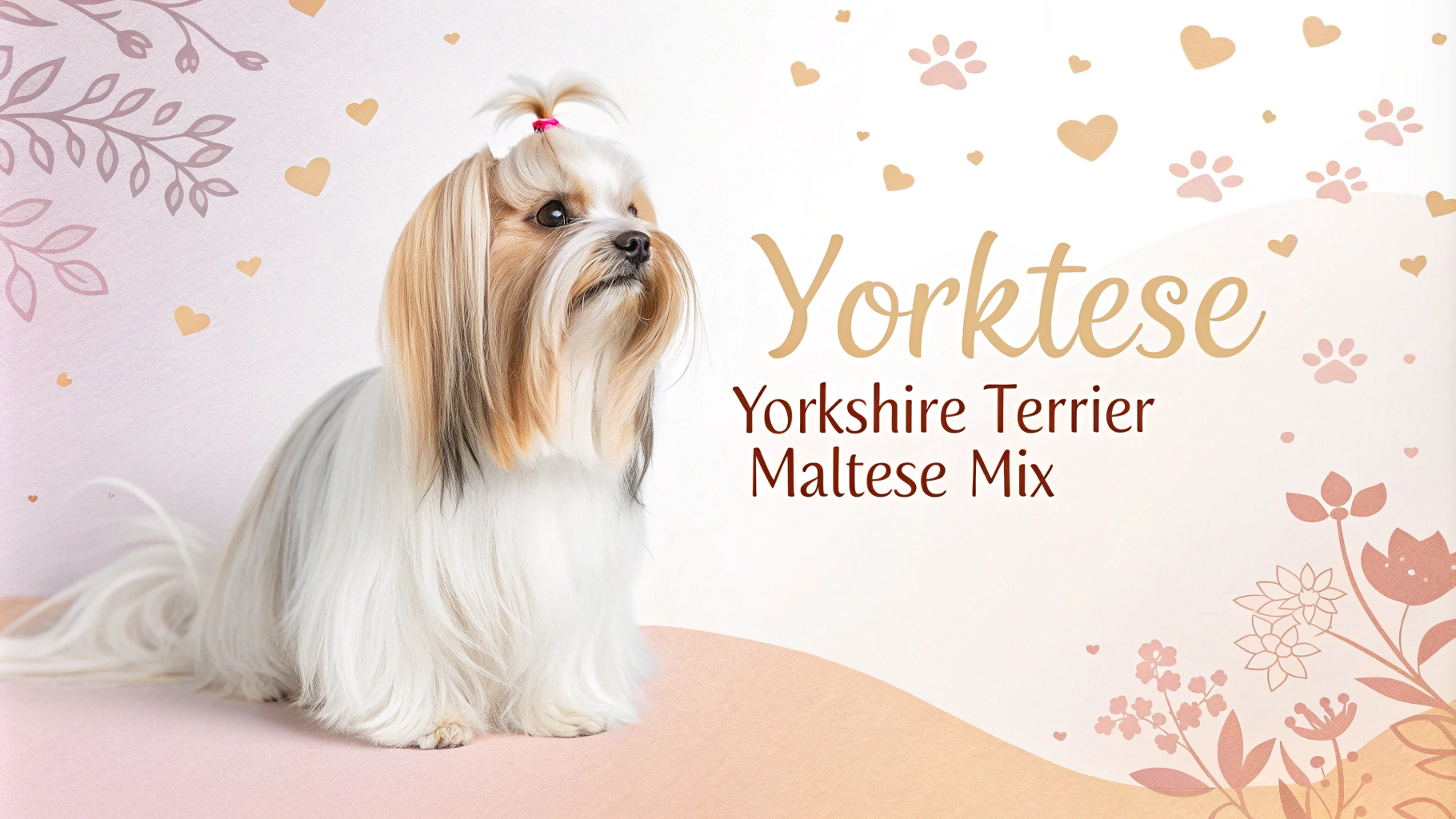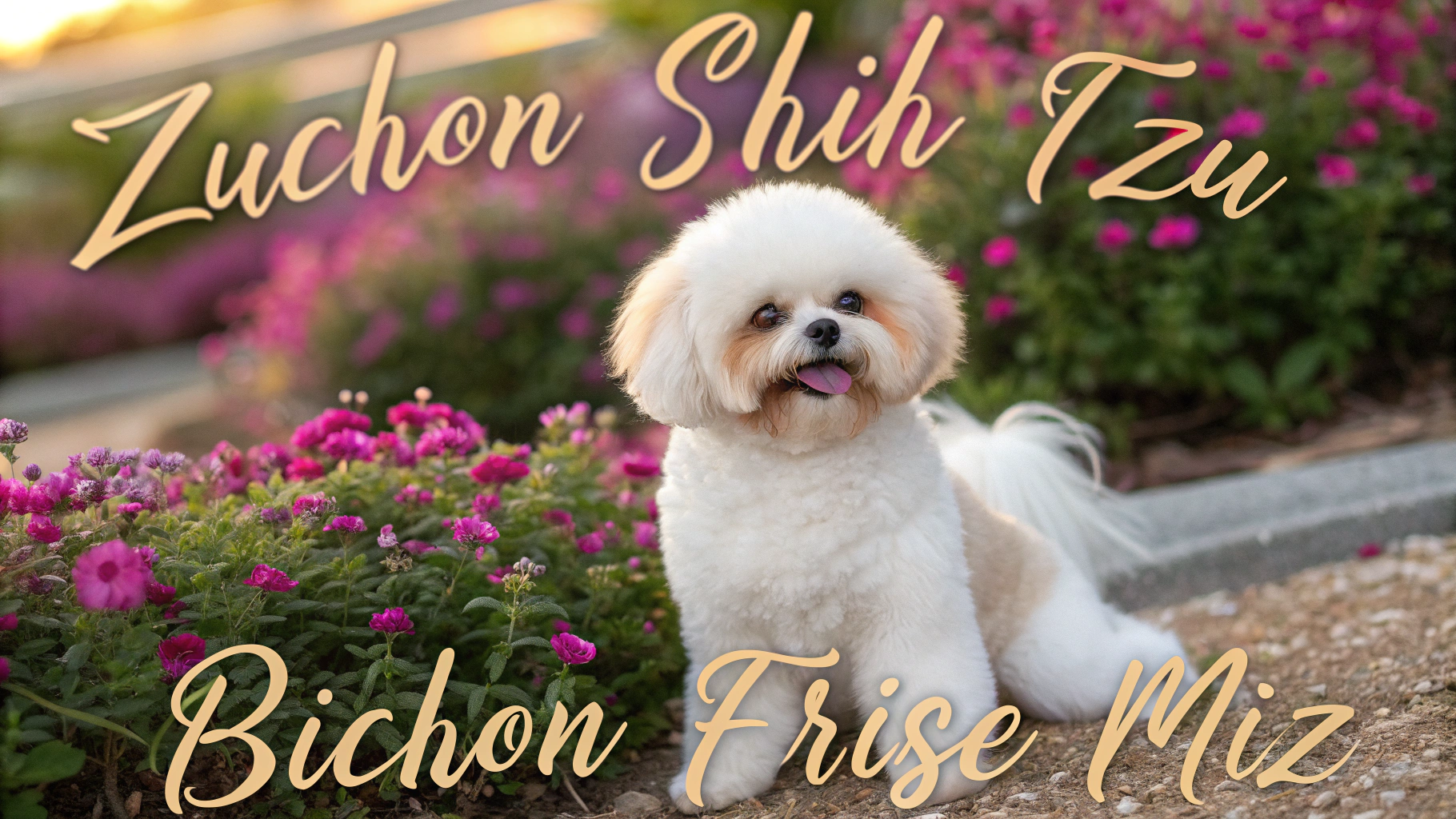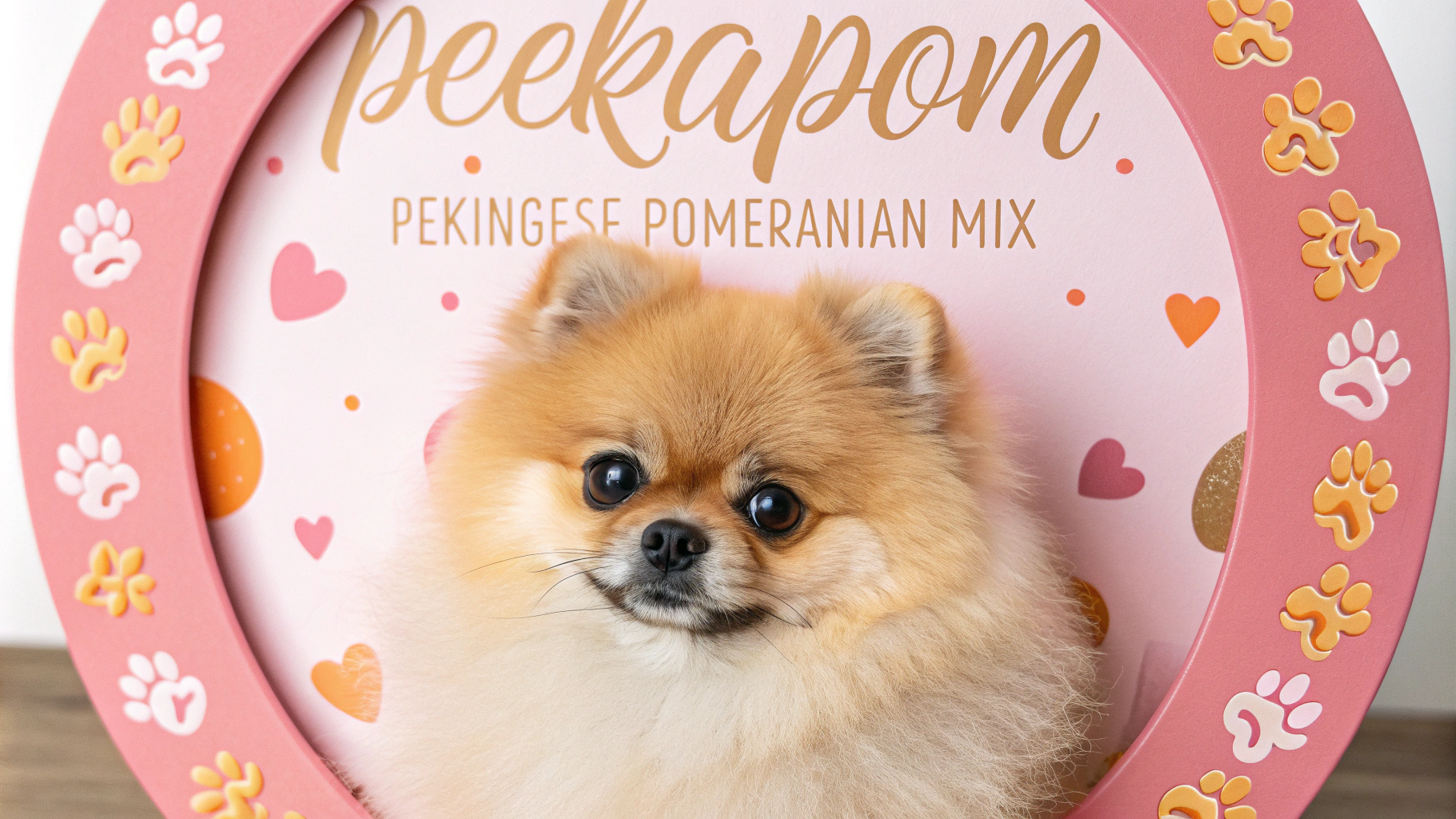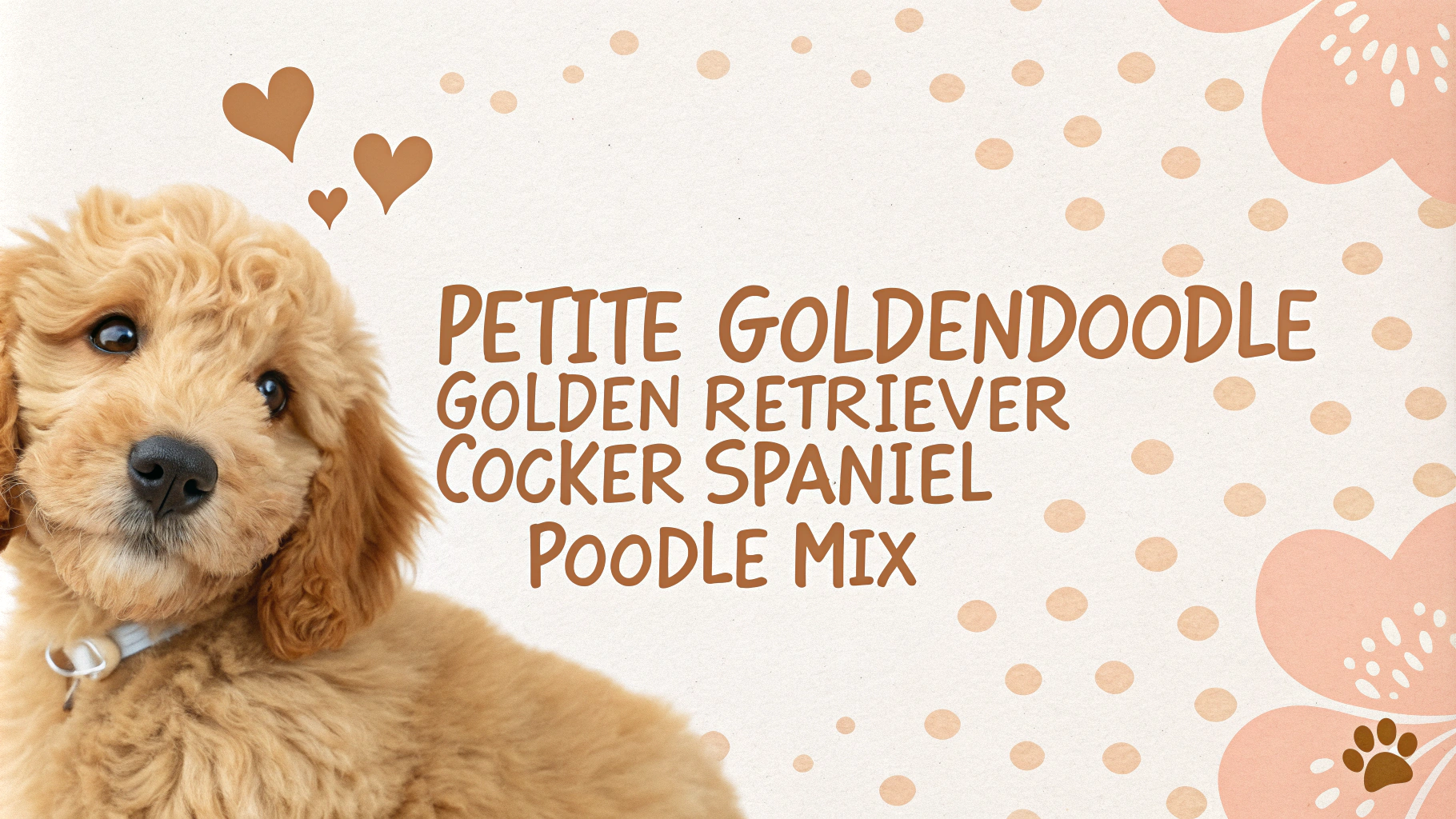The Peekapom, a delightful mix between a Pekingese and a Pomeranian, is a small, fluffy companion dog that combines the best traits of both parent breeds. This designer dog is known for its adorable appearance, loving nature, and spirited personality. Peekapoms are well-suited for individuals and families looking for a loyal, affectionate pet that doesn’t require extensive exercise but still offers plenty of entertainment and companionship.
Key Facts
- Size: Small (6-14 inches tall, 4-14 pounds)
- Lifespan: 12-15 years
- Coat: Long, dense, and fluffy
- Colors: Varies widely, including cream, black, brown, red, and combinations
- Temperament: Affectionate, loyal, and sometimes stubborn
- Good with children: Yes, but better with older children due to small size
- Good with other pets: Generally yes, with proper socialization
- Grooming needs: High, requires regular brushing and occasional professional grooming
- Exercise needs: Moderate, daily walks and playtime sufficient
Character Traits
Peekapoms inherit a blend of personality traits from their Pekingese and Pomeranian parents, resulting in a charming and complex temperament. These dogs are typically affectionate and loyal to their families, often forming strong bonds with their owners. They can be playful and lively, enjoying interactive games and toys that stimulate their minds.
Despite their small size, Peekapoms often display a confident and bold demeanor, sometimes leading to a stubborn streak. This trait, inherited from both parent breeds, can make training a bit challenging at times. However, with patience and consistent positive reinforcement, they can become well-behaved companions.
Peekapoms are generally good with children, but due to their small size, they may be better suited for families with older kids who understand how to handle small dogs gently. They can be protective of their families and may bark to alert their owners of potential threats or unfamiliar situations, making them excellent little watchdogs.
These mixed-breed dogs often inherit the sociable nature of Pomeranians, enjoying the company of people and other pets when properly socialized. However, they may also display the independent streak of the Pekingese, sometimes preferring quiet time alone. This balance makes them adaptable to various living situations and family dynamics.
History & Origins
The Peekapom is a relatively new designer dog breed, likely originating in the late 20th or early 21st century when mixed-breed dogs gained popularity. While the exact origins of the Peekapom are not well-documented, understanding the history of its parent breeds provides insight into this charming mix.
The Pekingese, one of the parent breeds, has a rich history dating back over 2000 years in China. These dogs were highly prized by Chinese royalty and were often kept as lap dogs and companions in the Imperial court. The breed was so revered that for many years, it was illegal for anyone outside the Chinese royal family to own a Pekingese.
The Pomeranian, the other parent breed, descended from larger Spitz-type dogs and was developed in the Pomerania region of northern Europe. These dogs became popular in the 18th century when Queen Victoria of England became fond of the breed, leading to their widespread breeding and popularity throughout Europe and eventually worldwide.
The creation of the Peekapom likely stemmed from a desire to combine the best traits of these two beloved companion breeds. Breeders aimed to create a small, affectionate dog with the Pekingese’s loyal and regal nature and the Pomeranian’s lively and outgoing personality. While not recognized by major kennel clubs as a standardized breed, Peekapoms have gained a following among dog enthusiasts who appreciate their unique blend of characteristics and adorable appearance.
Health Concerns
The Peekapom, like many mixed breeds, can inherit health issues from both parent breeds. Common concerns include:
- Brachycephalic Syndrome: Due to their flat faces, Peekapoms may experience breathing difficulties, especially in hot weather or during exercise.
- Eye Problems: Including corneal ulcers, dry eye, and progressive retinal atrophy.
- Patellar Luxation: A condition where the kneecap dislocates or moves out of its normal location.
- Dental Issues: Their small mouths can lead to overcrowding of teeth, increasing the risk of dental problems.
- Tracheal Collapse: A weakening of the tracheal rings that can cause breathing difficulties.
Regular veterinary check-ups are crucial to monitor and address these potential health issues. Maintaining a healthy weight and providing proper dental care can help mitigate some risks.
Exercise Needs
Peekapoms have moderate exercise needs, typically requiring about 30 minutes of activity per day. This can be broken down into:
- Short walks (10-15 minutes) twice daily
- Indoor playtime with toys
- Short training sessions
While they enjoy outdoor activities, their brachycephalic nature means they can quickly overheat. It’s important to monitor their breathing and avoid strenuous exercise in hot weather. Indoor play and mental stimulation through puzzle toys can be excellent alternatives. Despite their small size, Peekapoms can be quite energetic in short bursts, so interactive play sessions are beneficial for both physical exercise and bonding.
Space Requirements
Peekapoms are well-suited to various living situations due to their small size. They adapt well to:
- Apartments
- Small houses
- Larger homes with yards
While they don’t require a large living space, they do benefit from having designated areas for sleeping, eating, and play. A small, secure outdoor area can be enjoyable for them, but it’s not essential. Indoor living is perfectly suitable, provided they receive adequate exercise and mental stimulation. Peekapoms are generally not outdoor dogs and should live primarily indoors with their families. Their small size makes them ideal for urban living, but they can be equally happy in suburban or rural settings.
Nutrition & Feeding
Proper nutrition is crucial for the health and longevity of Peekapoms. Key considerations include:
- Calorie Intake: Due to their small size, Peekapoms typically require 200-400 calories per day, depending on their activity level and age.
- Food Type: High-quality, small breed dog food is recommended. This can be dry kibble, wet food, or a combination.
- Feeding Schedule: 2-3 small meals per day are often better than one large meal to prevent bloating and maintain stable blood sugar levels.
- Special Considerations: Their flat faces may make it difficult to pick up food, so a shallow bowl or plate can be helpful.
It’s important to avoid overfeeding, as Peekapoms can easily become overweight, which can exacerbate health issues. Treats should be given in moderation and account for no more than 10% of their daily calorie intake. Always provide fresh, clean water. Consult with a veterinarian to determine the best diet plan for your individual Peekapom, as nutritional needs may vary based on age, weight, and health status.
Grooming Tips
The Peekapom, with its luxurious double coat inherited from both parent breeds, requires regular and thorough grooming. Daily brushing is essential to prevent matting and tangling, especially in areas prone to knots like behind the ears and under the legs. A pin brush and metal comb are ideal tools for maintaining their coat. Bathing should be done every 4-6 weeks, or as needed, using a gentle dog shampoo to avoid stripping natural oils from their skin and coat.
Pay special attention to their facial folds, a characteristic inherited from the Pekingese parent, which should be cleaned regularly to prevent infections. Nail trimming should be done every 2-3 weeks, and dental care is crucial, with teeth brushing recommended 2-3 times a week. Regular ear cleaning is also important to prevent infections, especially given their drop ears. During shedding seasons, which typically occur twice a year, more frequent brushing may be necessary to manage loose fur.
Training Approach
Training a Peekapom requires patience, consistency, and positive reinforcement techniques. These intelligent dogs can be somewhat stubborn, a trait inherited from both parent breeds, so early socialization and obedience training are crucial. Short, engaging training sessions work best due to their relatively short attention spans. Use treats and praise as rewards to motivate them during training.
Focus on basic obedience commands and leash training from an early age. Peekapoms may exhibit a tendency to bark, so teaching a “quiet” command is beneficial. Housebreaking can be challenging, as small breeds often take longer to potty train. Consistency and a regular schedule are key. Avoid harsh corrections, as Peekapoms can be sensitive and may become defensive. Instead, use positive reinforcement and redirect unwanted behaviors. Socialization with various people, animals, and environments is important to prevent the development of small dog syndrome and excessive wariness of strangers.
